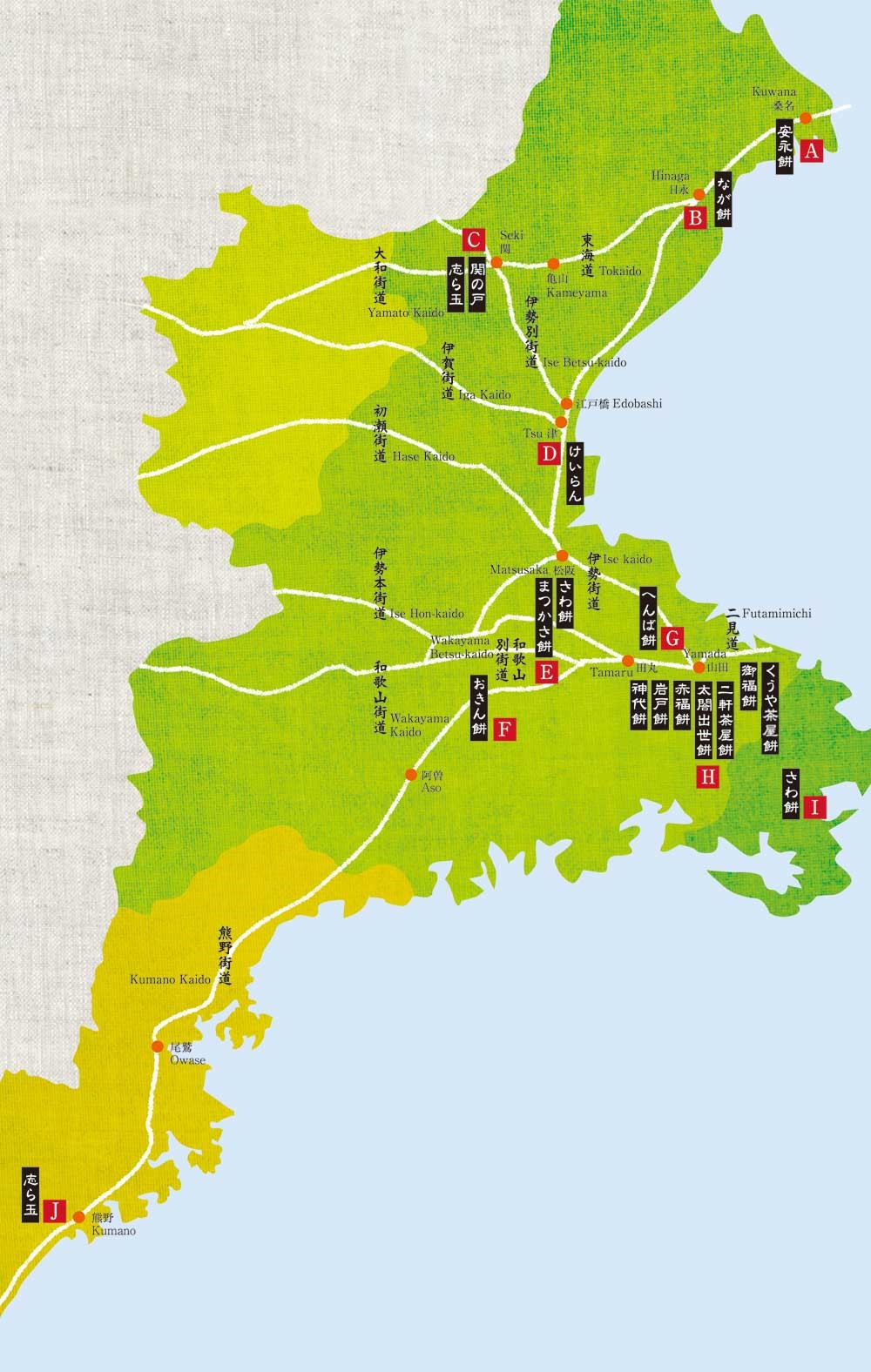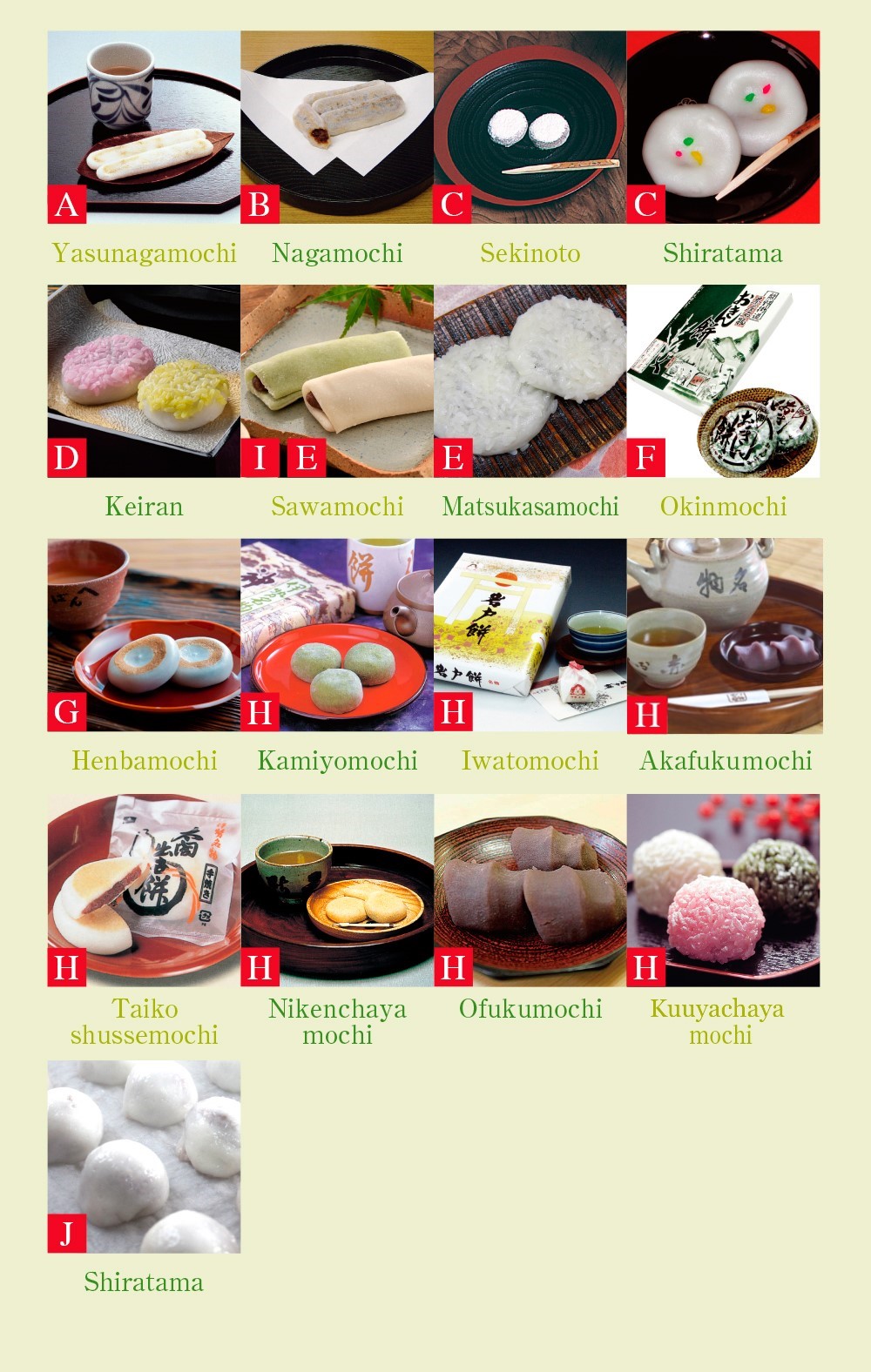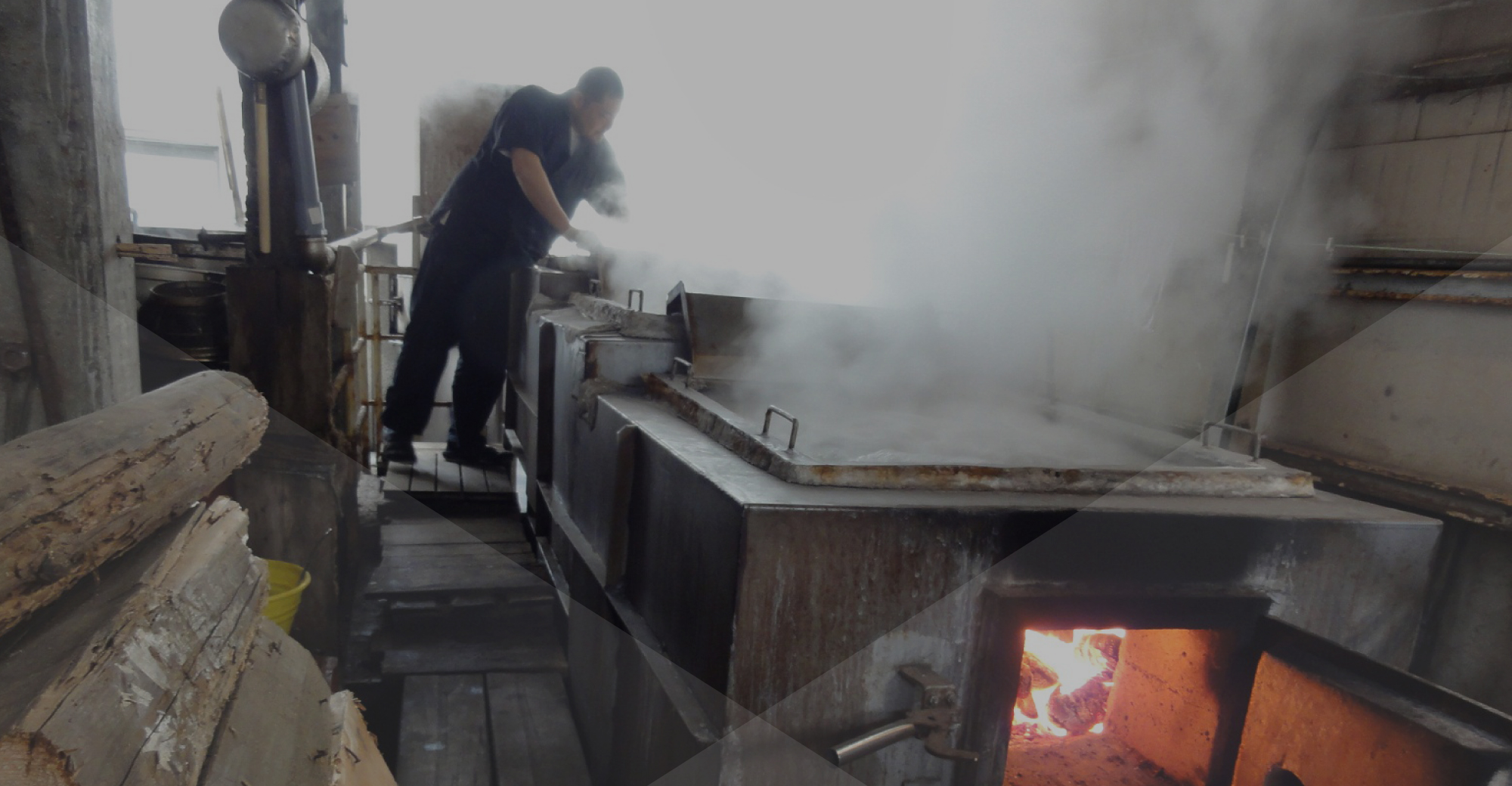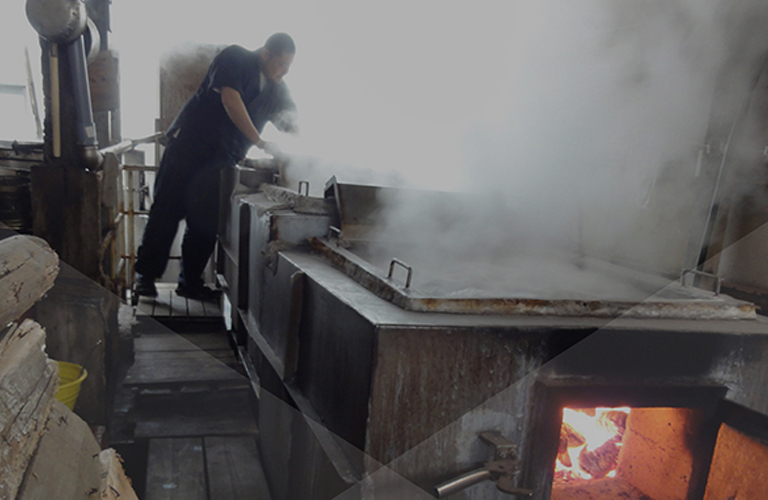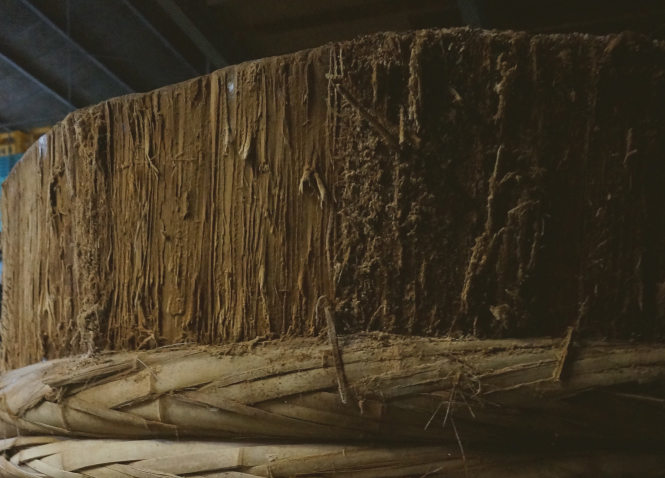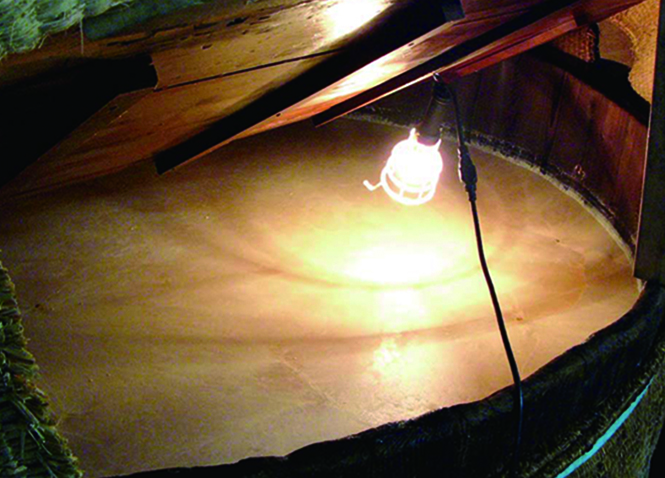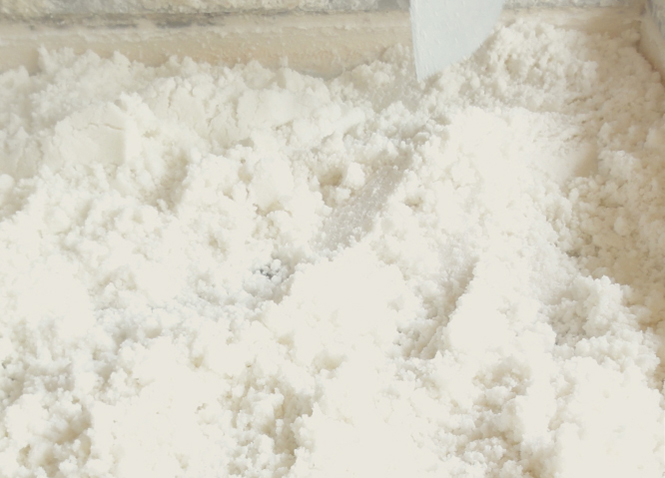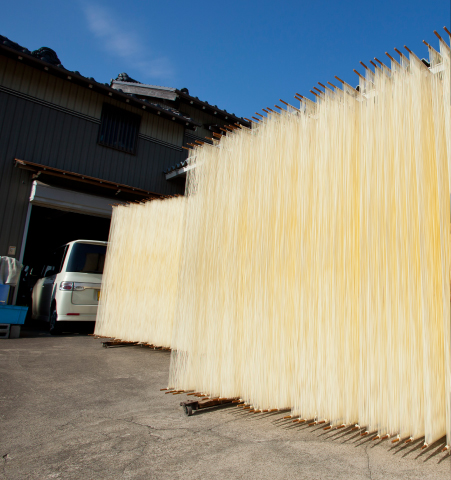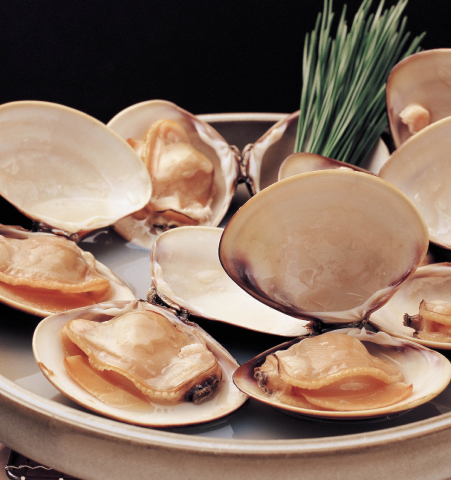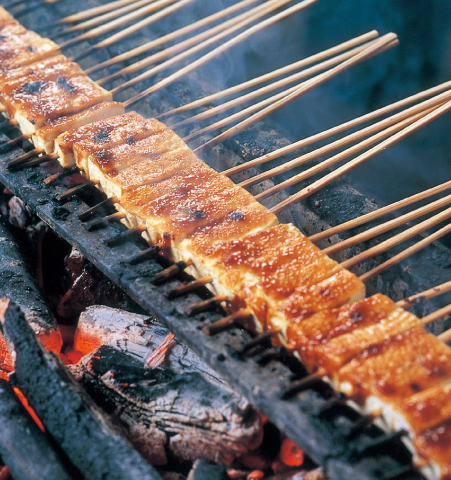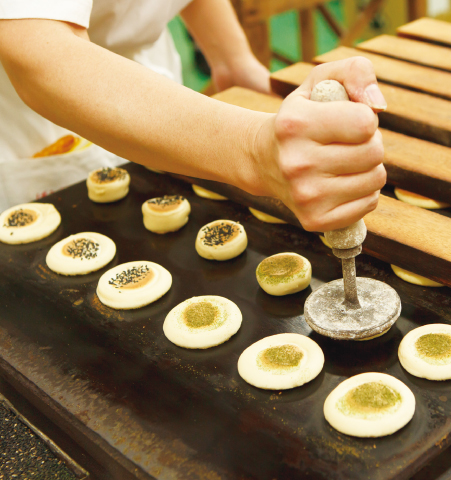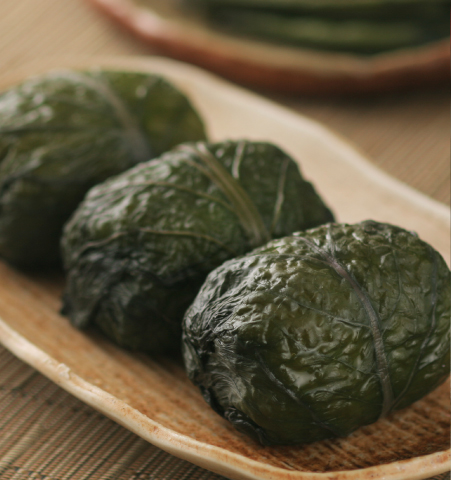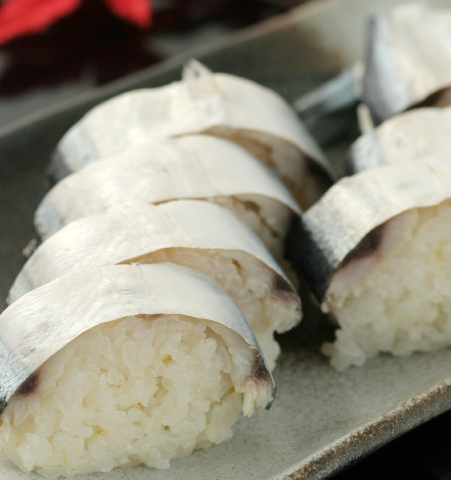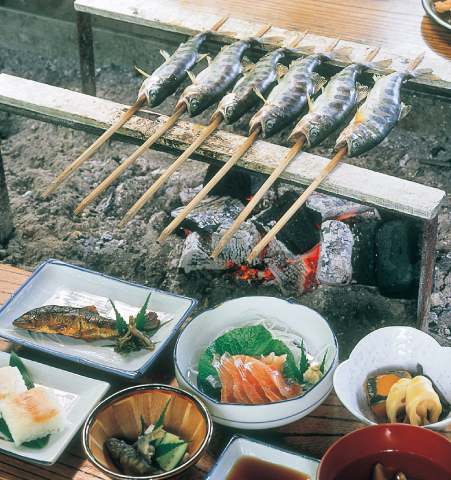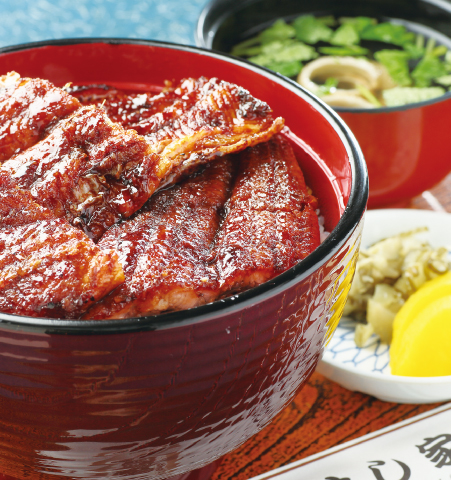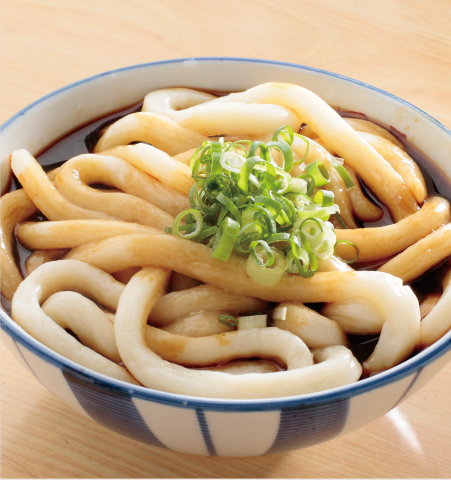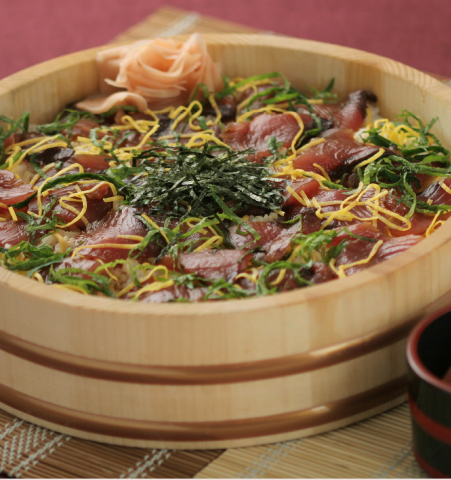Cuisine with a Time-Honored Tradition
A Food Manufacturing Industry with a Time-Honored History
Mie Prefecture has numerous companies that have been manufacturing traditional Japanese foods such as miso and soy sauce for over a hundred years. These companies continue to innovate while preserving the traditional flavors and production techniques inherited over the generations.
Mie Prefecture has numerous companies that have been manufacturing traditional Japanese foods such as miso and soy sauce for over a hundred years. These companies continue to innovate while preserving the traditional flavors and production techniques inherited over the generations.
<Miso and Soy Sauce>
An Ideal Climate for Brewing
With its clean water and air, gentle breezes from Ise Bay, seasonal climate, and moderate temperature changes, Mie Prefecture is an ideal location for brewing miso and soy sauce. Most factories in the prefecture still use the perfected traditional techniques they have inherited, such as patiently allowing the mixtures to ferment in wooden barrels, in order to carefully preserve the traditional flavors. Miso and soy sauce made carefully by hand have the exceptional taste and unique aroma still loved by the locals.
<Vinegar>
A Pleasant Aroma and Mellow Body
Mie Prefecture still has brewers that make vinegar in the traditional way, using wooden barrels to allow the vinegar to ferment and mature slowly over many years. These brewers are extremely selective in choosing the rice to be used to make their vinegar, and only use unpolished rice grown by contracted farmers who don’t use agricultural chemicals. From the initial malting to the refining of the mash mixture, the vinegar is handmade through the entire manufacturing process. Vinegar made using the traditional brewing process is characterized by an unobtrusive, pleasant aroma and a mellow body.
<Salt>
The Sacred Masterpiece Offered at Jingu
Futami has been making the sacred salt used for offerings at Jingu since ancient times and the area is home to shops that make pure Japanese salt using natural seawater. The salt is characterized by its abundant minerals and a subtle touch of sweetness. The only seawater used for making the salt is drawn off the Kozaki coast, where the ground water flowing from the forests of Jingu enters the sea. No additives or nigari coagulants are used. The seawater is boiled in iron pots over firewood for two days until only salt remains. In that salt dwells a prayer to the gods and the spirit of the artisans involved in its production.
Mie’s Local and Traditional Cuisine
Mie Prefecture is home to numerous cuisine backed
by a rich local culinary tradition inherited over the years:
Ise Udon from Ise, tekone-zushi from Shima,
and sanma-zushi and mehari-zushi from Higashi Kishu.
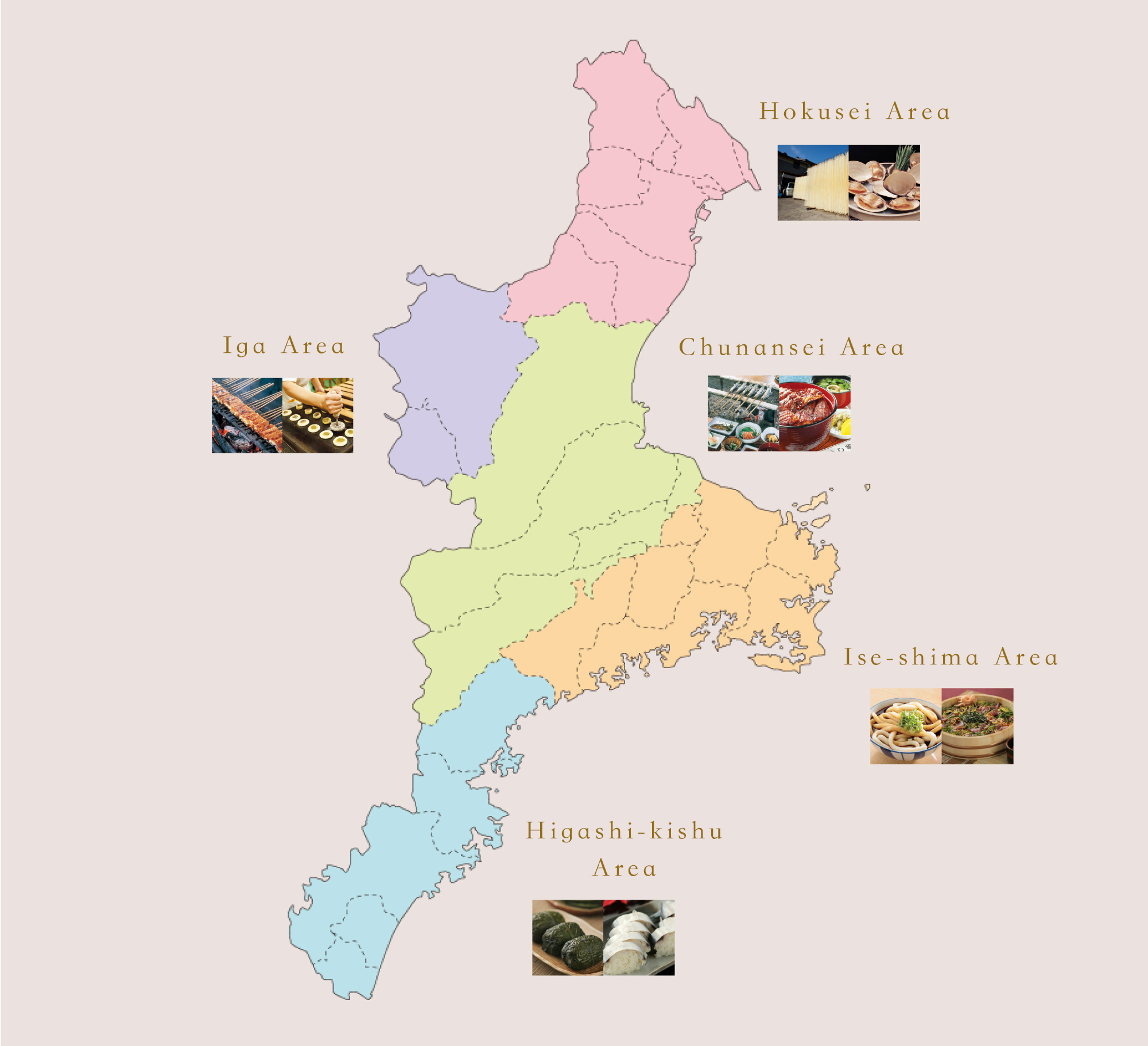
Hokusei Area
Oyachi Somen Noodles
The method for making these somen noodles is said to have been passed down by a Buddhist monk visiting the Oyachi district in Yokkaichi City. The clear stream of the Asake River and the cold winds blowing down from the Suzuka mountain range create the perfect environment for making noodles. Putting this climate to use, skilled artisans produce delicious noodles that have a smooth, firm texture.
Clam Cuisine
During the Edo period, Kuwana was a one of the stops along the Tokaido road, which linked modern-day Tokyo to Kyoto. Kuwana was especially well known for its clams, which were caught in the shallows, tidal flats, and sandy areas along the seacoast. Kuwana hamaguri clams are meaty and soft, and each bite fills the mouth with its unique flavor with a touch of sweetness. Shigureni Hamaguri clams simmered in a sweet sauce make a perfect gift.
Iga Area
Tofu Dengaku
Tofu dengaku was treasured as a valuable source of protein in the Iga region long ago when seafood was difficult to obtain. To make tofu dengaku, homemade miso is shaped into balls and hung outside to mature. Later, squares of tofu are coated with the miso and fragrantly grilled over charcoal.
Katayaki
Katayaki rice crackers are also called ninka, or “ninga treats,” because the Iga ninja used them as portable provisions that could be stored for a long time. We’re sure you’ll enjoy these mildly sweet and fragrant crunchy snacks. Made with wheat flour, sugar, and sesame, the crackers are quite nutritious and always safe to eat since no additives are used.
Higashi-kishu Area
Mehari-Zushi
Mehari-zushi is flavored sushi rice wrapped in pickled takana mustard leaves and is a traditional cuisine from the Kumano region prepared for obento lunches. Mehari means “eyes open wide,” so one theory is that you need to open your mouth so wide to eat them that your eyes open wide, too. Another etymology is that they’re so delicious that your eyes will open in wonder of its taste.
Sanma-Zushi
Sanma-zushi is a pressed sushi made by cutting open Pacific saury, lightly pickling it in salt, and serving it over a molded length of vinegared rice. The fish topping is sliced along the back or the belly, depending on the region. In many areas, the sushi is garnished with mustard.
Chunansei Area
Amago Cuisine
Amago (red-spotted salmon),also known as the “Queen of fresh water fish”, are quite rare because they can only live in clear streams. In Tsu City Misugi Town, where Amago is the local specialty, you can enjoy an array of delicious Amago dishes.
Eel Cuisine
Tsu once had Japan’s highest per capita consumption of eel, so the eel cuisine is much-loved among locals. Over 20 eel restaurants are dotted throughout the city, each with their own unique sauce and grilling method. It is recommended to visit several restaurants and compare the different tastes.
Ise-shima Area
Ise Udon
Ise udon is a traditional local specialty of thick noodles served in a dark, rich sauce of tamari soy sauce added to a broth of dried bonito, small dried sardines, and kelp. The dish is characterized by its refined simplicity that celebrates the ingredients: thick noodles made soft through several hours of boiling served with a simple garnish of chopped green onions.
Tekone-Zushi
Tekone-zushi is a type of sushi and a local delicacy made by marinating bonito or other red-fleshed fish in soy sauce and mixing it with sushi rice. Sometimes said to have originated from the quick meals eaten by fishermen on their boats, this sushi is actually a delicacy fondly eaten to celebrate big catches and other happy occasions.
Mie’s Path is a Path of Mochi
Since long ago, the Ise pilgrimage route has bustled with travelers heading to Jingu. The main road, which went from Kuwana through Tsu and Matsusaki to Ise, was lined with teahouses for travelers. In these shops, many special and unique types of mochi (rice cake) were born. There were so many kinds that travelers dubbed the road the “path of mochi.” The traditions and flavors of those shops have survived until today.
